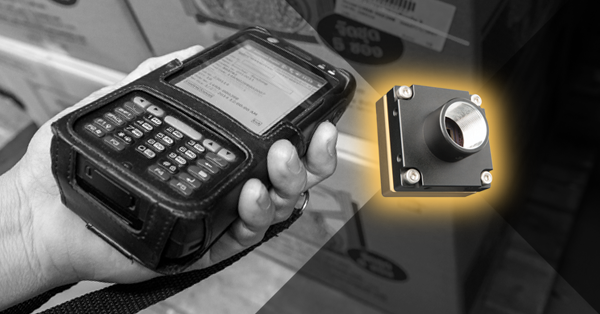How far can I see with the PathFindIR II, Tau2, or Quark2?
"How far can I see..." is one of the most commonly asked questions about thermal imaging cameras. The answer to this question depends upon several factors: the size of the object(s) that may be in the field of view; how many pixels are desired to cover the object being viewed; the optic used on the camera. There are simple calculations that can take into account these factors to estimate the best lens for a given task.
Other considerations may include the environment in which the camera is being operated and the difference in temperature between any objects and the background temperature. For some demanding applications, there may be other concerns such as how much the atmosphere itself reduces the thermal signal that gets to the camera.
With PathFindIR II, roads will generally be visible for thousands of feet ahead. Pedestrians and animals such as deer can typically be detected 3-4 times further than with standard headlights. The field of view (FoV) of the first-generation PathFindIR is 36 degrees. The current model - PathFindIR II - has a 24-degree FoV for better viewing at moderate driving speeds. These devices will display not only the road ahead, but, also both sides off of the road where animals tend to graze.
Headlights alone are limited to illuminating distances about 450 feet. PathFindIR II will significantly increase the viewing distance at night. The ability to see further, as well as to detect animals and people that may be well off a roadway, can help increase reaction time. Pedestrian and animal detection is an optional feature for PathFindIR II.


